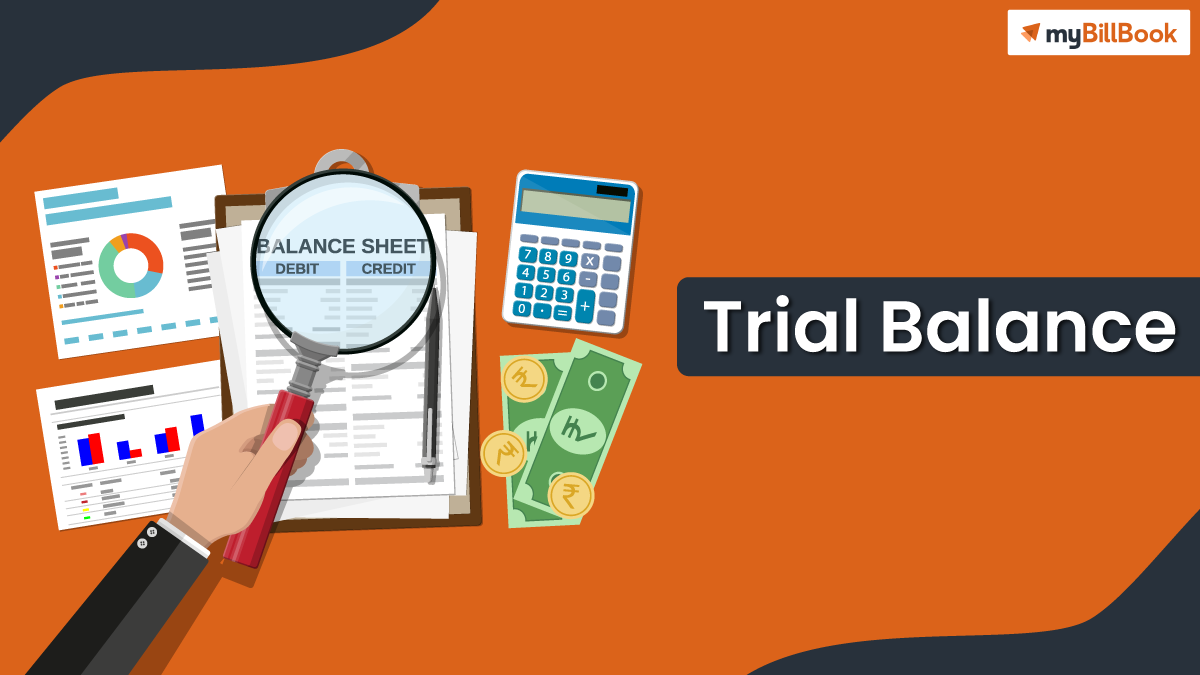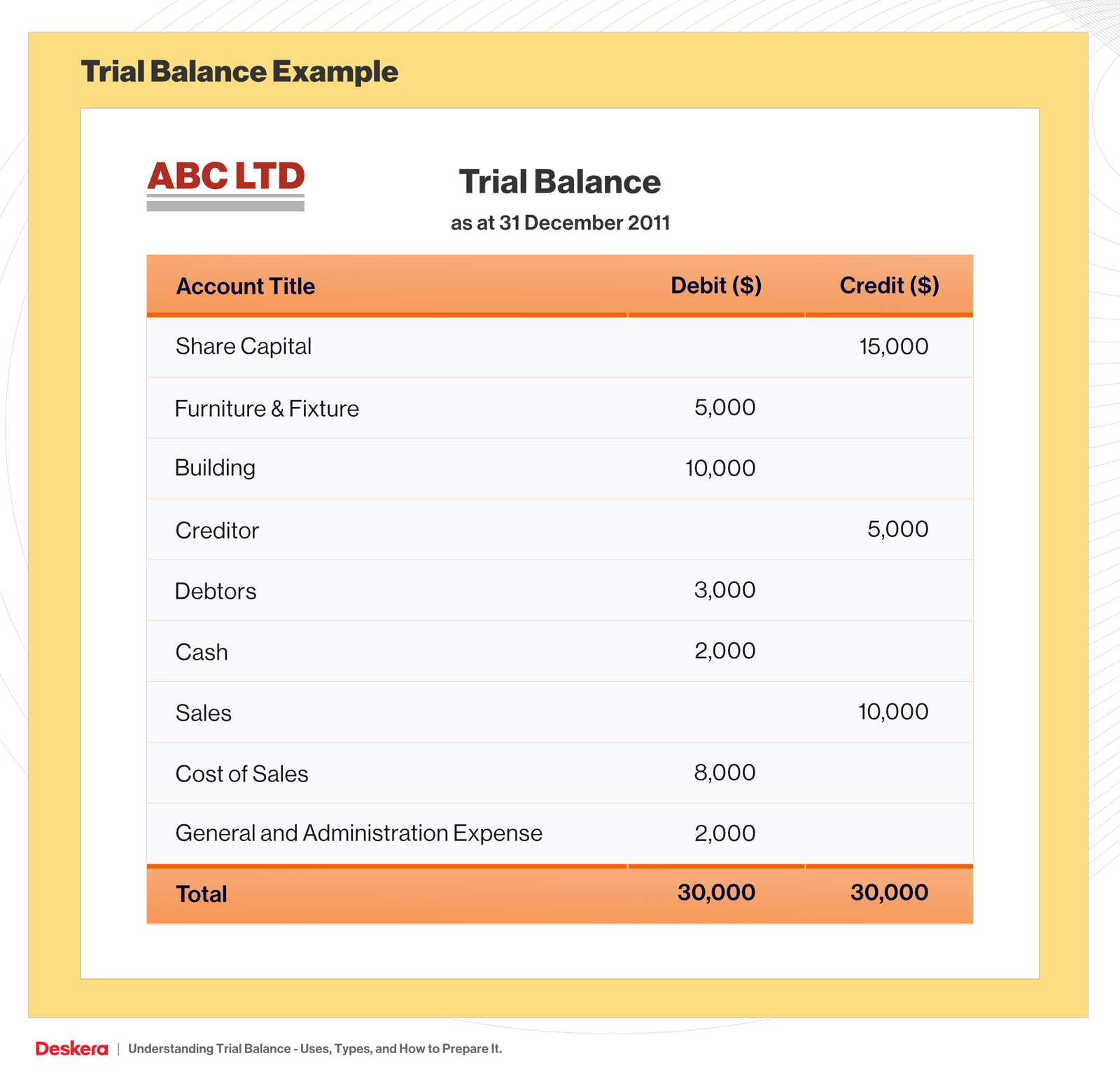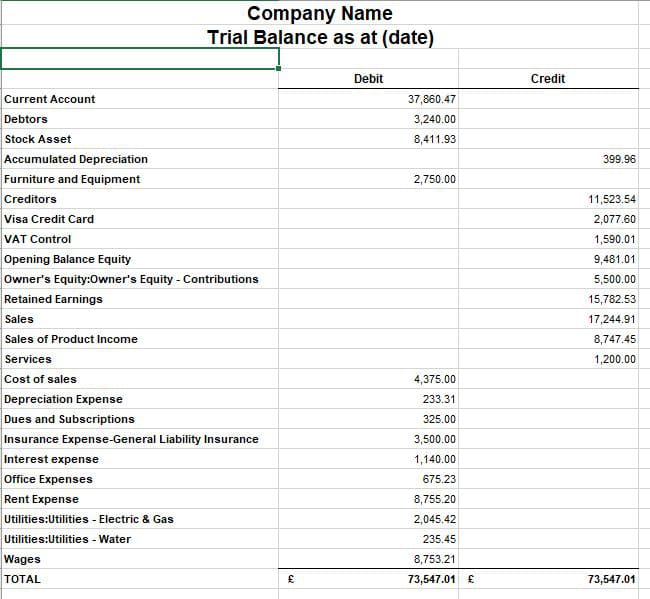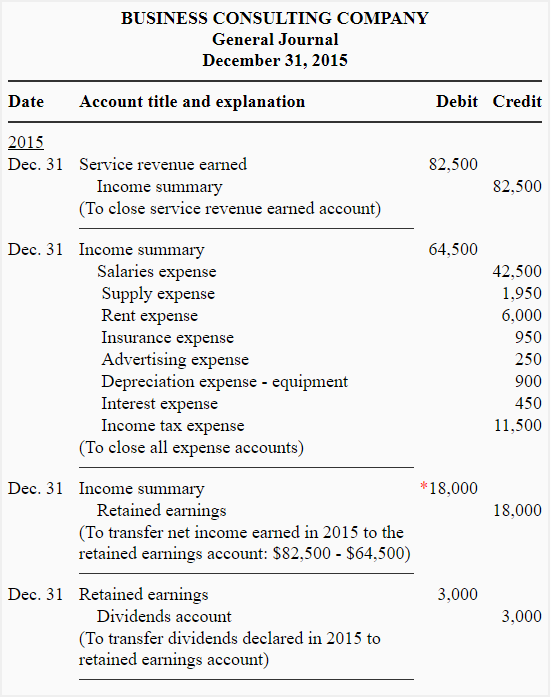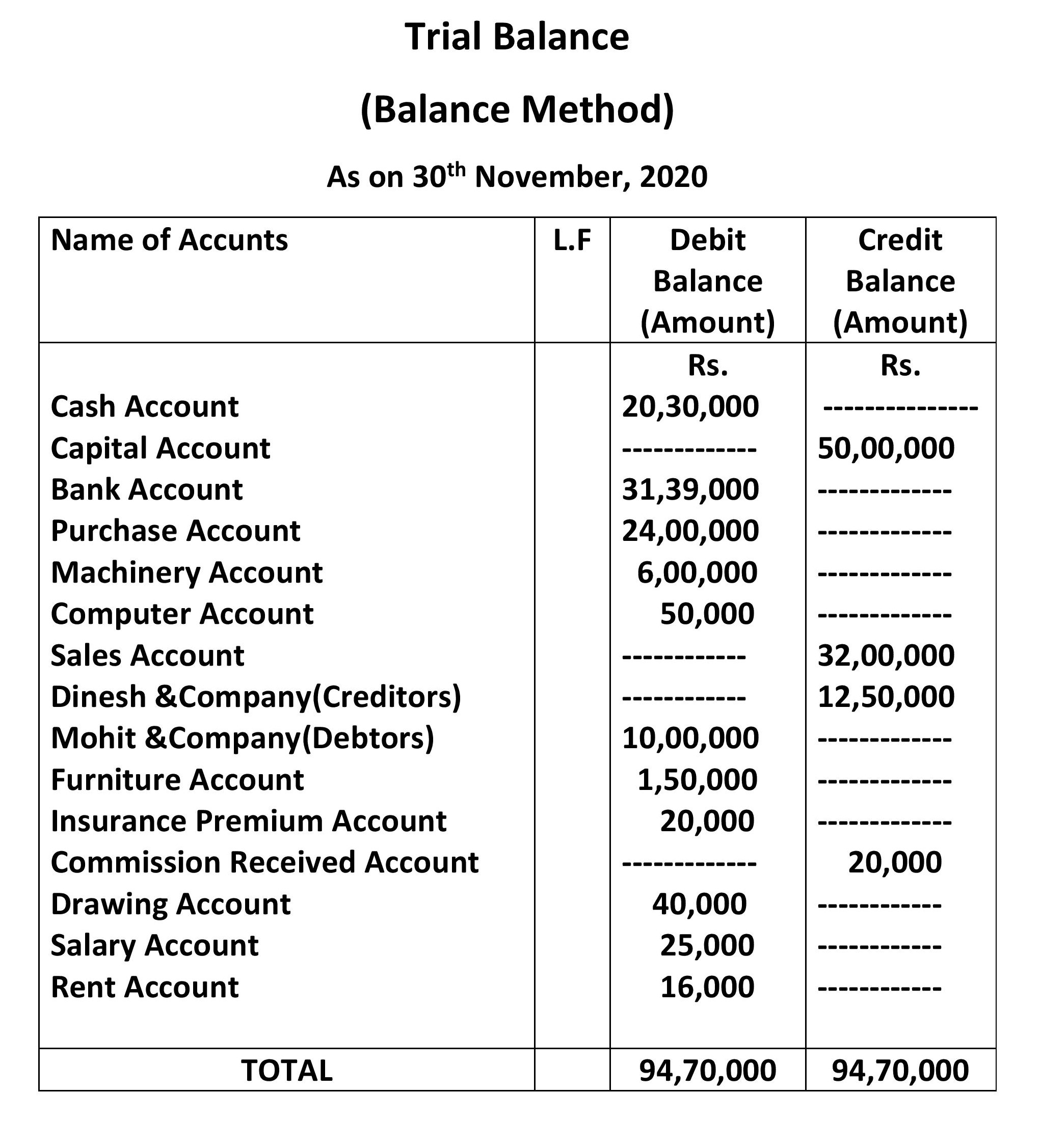Nice Tips About The Purpose Of Trial Balance

Trial balance is a statement showing all the ledger account balances whether debit or credit on a particular date.
The purpose of trial balance. It involves listing all the general ledger accounts and totaling the debit and credit values to ascertain if. The primary purpose of the trial balance is to ensure that the total debits equal the total credits and that the accounting records are accurate and complete. A typical trial balance will have the name of ledger and the balances.
Ledger balances are segregated into debit balances and credit balances. A trial balance is an internal financial statement that lists the adjusted closing balances of all the general ledger accounts (both revenue and capital) contained in the ledger of a business as at a specific date. Trial balance is a crucial tool used in accounting to ensure that debits and credits are balanced, helping to detect errors in financial statements.
This statement comprises two columns: Importantly, the trial balance is not an account. A trial balance is a listing of all accounts and their balances at a specific point in time.
While it is not a financial statement, a trial balance acts as the first step in preparing one. A trial balance is a report that lists the balances of all general ledger accounts of a company at a certain point in time. The purpose of a trial balance is only to show the ending balance in each account, while a general ledger also shows detailed transactions that comprise the ending balance.
Trial balance is a list of closing balances of ledger accounts on a certain date and is the first step towards the preparation of financial statements. There are three methods by which you can prepare a trial balance. If all debit balances listed in the trial balance equal the total of all credit balances, this shows the ledger's arithmetical accuracy.
What is an adjusted trial balance? The total debit balance of all asset accounts should equal the total credit balance of all liability and equity accounts. It lists the titles of all the accounts in a business’ general ledger in a column on the left, followed by the debit or credit balance of each account.
Purpose of preparing a trial balance. The purpose of a trial balance sheet is to detect errors so that they can be addressed before the formal balance sheet is presented to shareholders. The primary purpose of a trial balance is to ensure that the company’s accounting records are in balance.
A firm prepares the trial balance to check the arithmetical accuracy of the accounts. A trial balance is a critical business tool enabling businesses to uncover financial errors and assist in internal auditing. Essentially, it provides a snapshot of the financial status at a specific point in time by listing the balances of various accounts, such as assets, liabilities, and equity.
The total dollar amount of the debits and credits in each accounting entry are supposed to match. The trial balance serves several. What are the uses of a trial balance?
This list will contain the name of each nominal ledger account in the order of liquidity and the value of that nominal ledger balance. An organisation prepares a trial balance at the end of the accounting year to ensure all entries in the bookkeeping system are accurate. Note that for this step, we are considering our trial balance to be unadjusted.

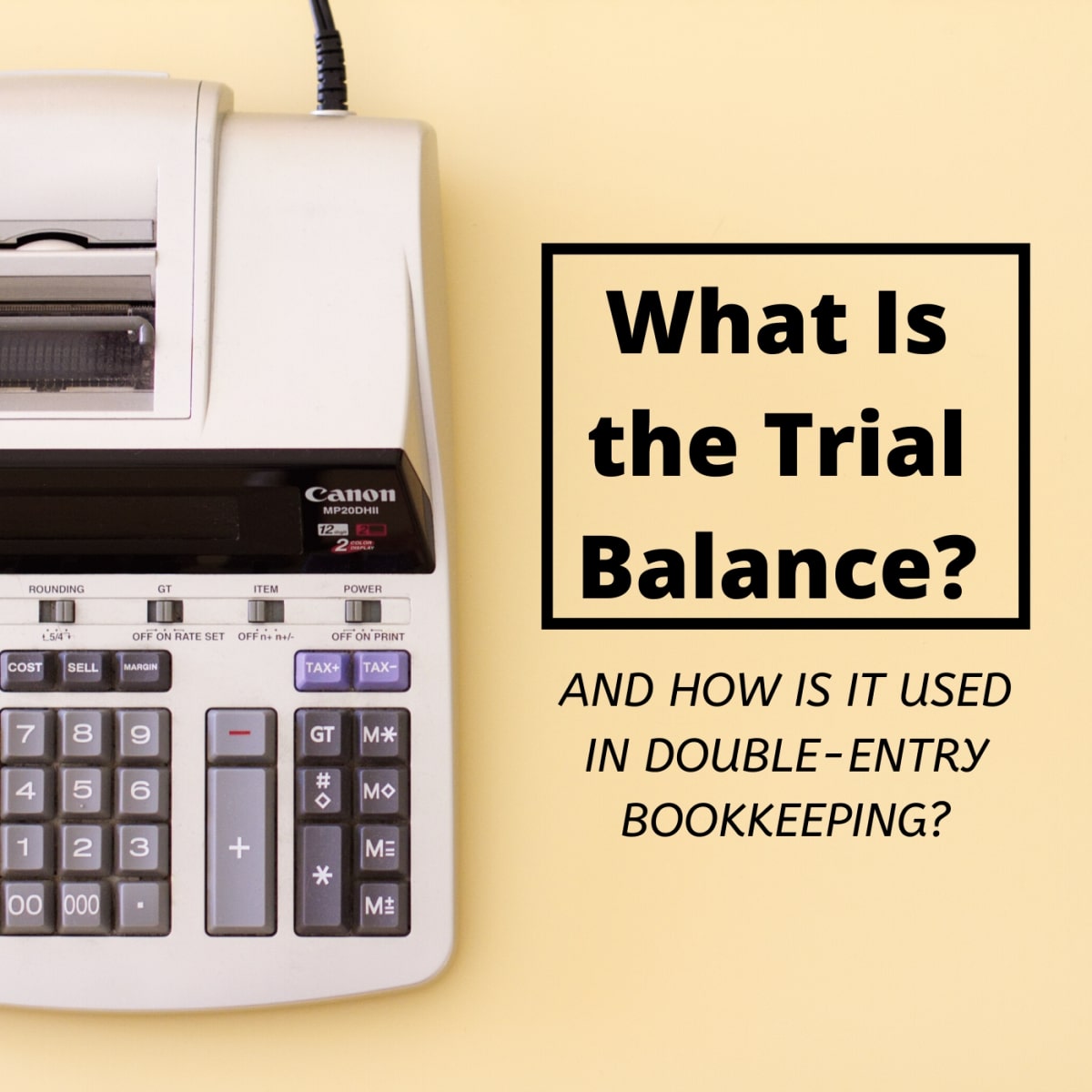
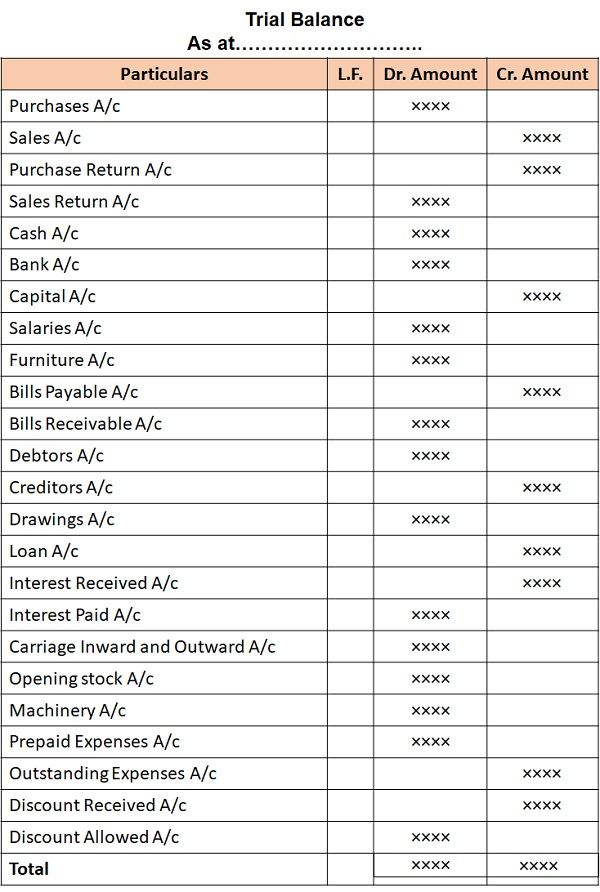
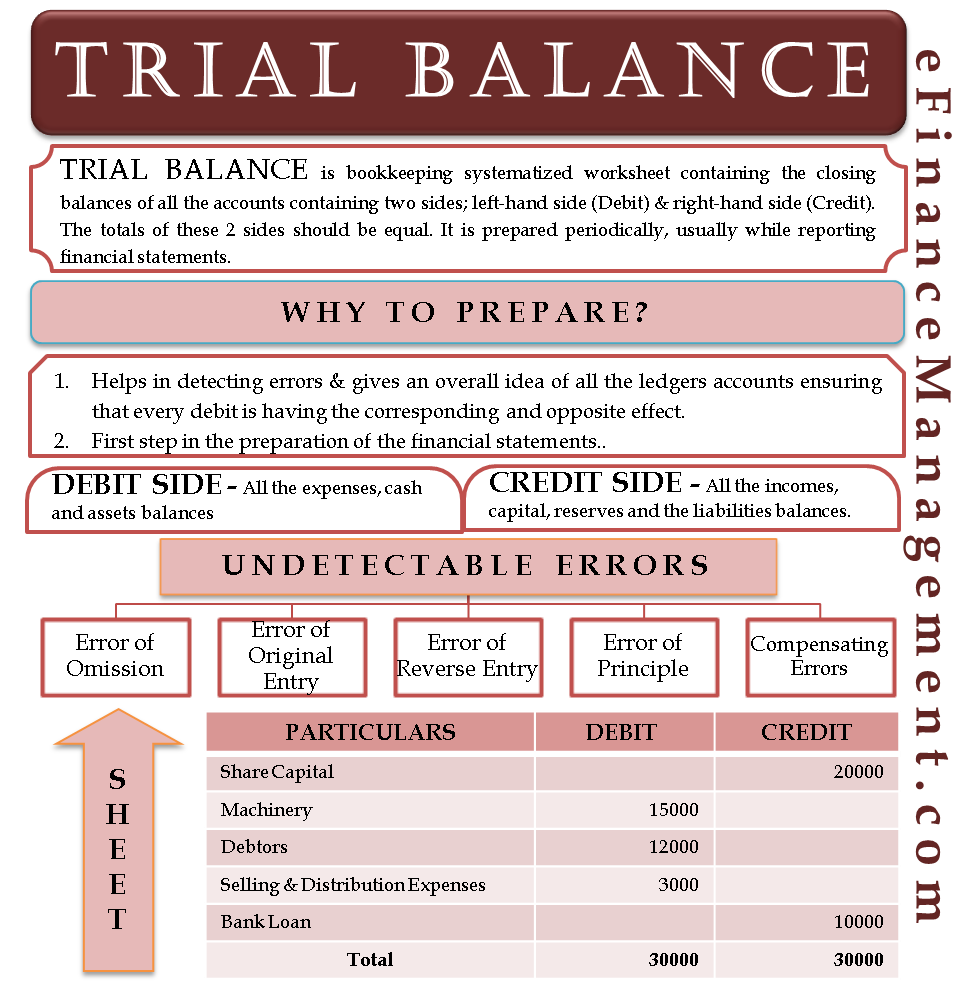


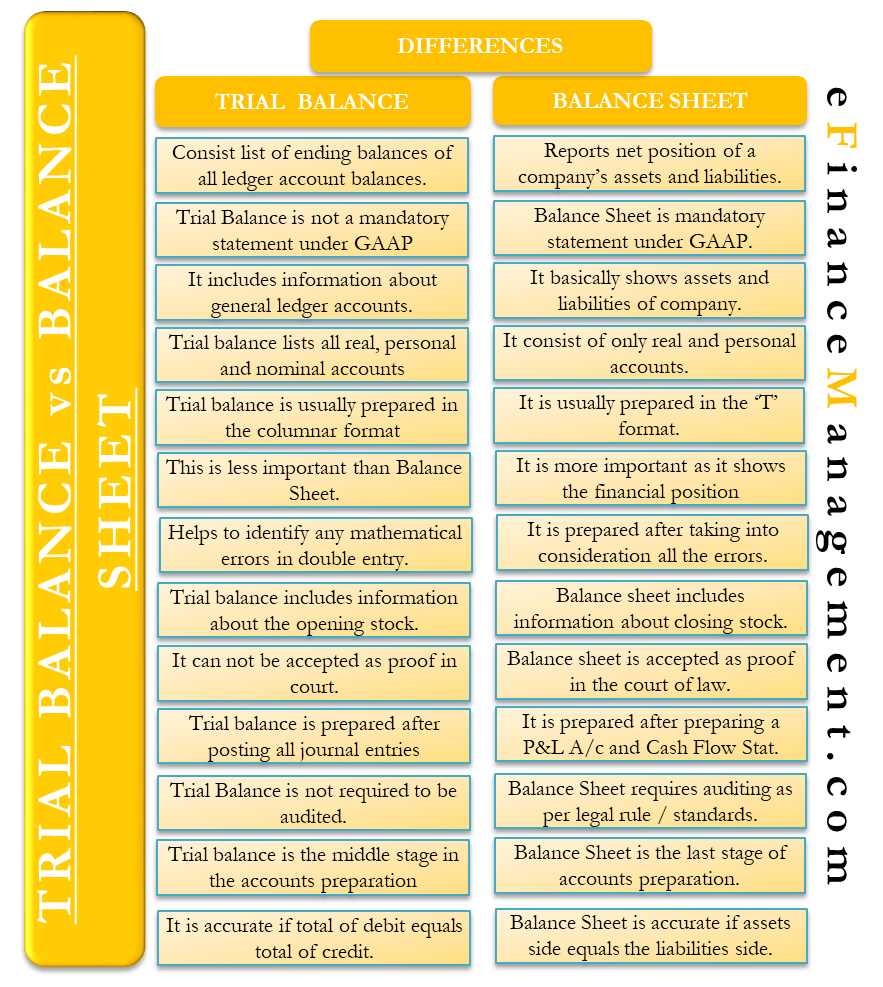

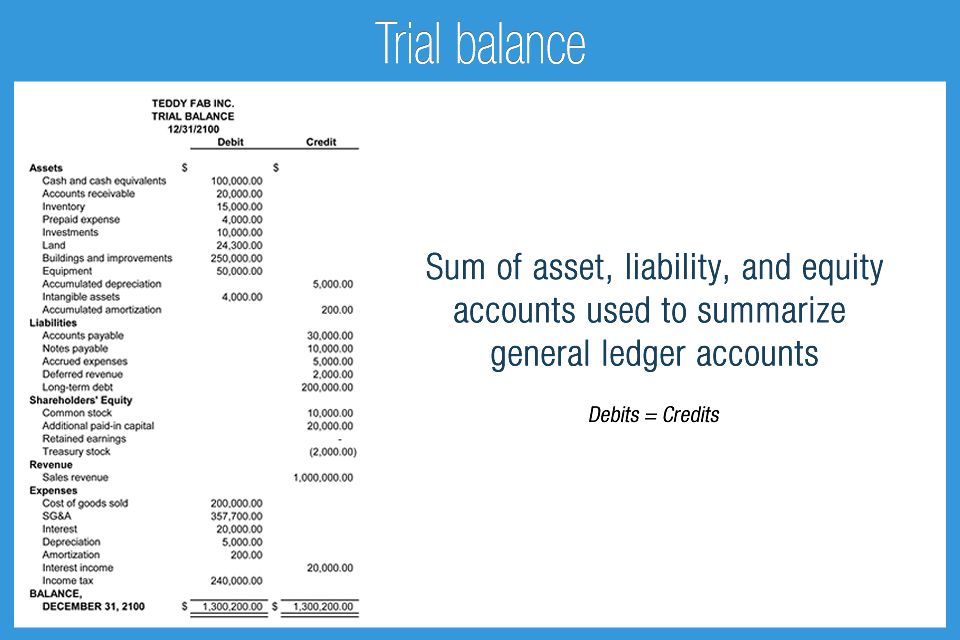
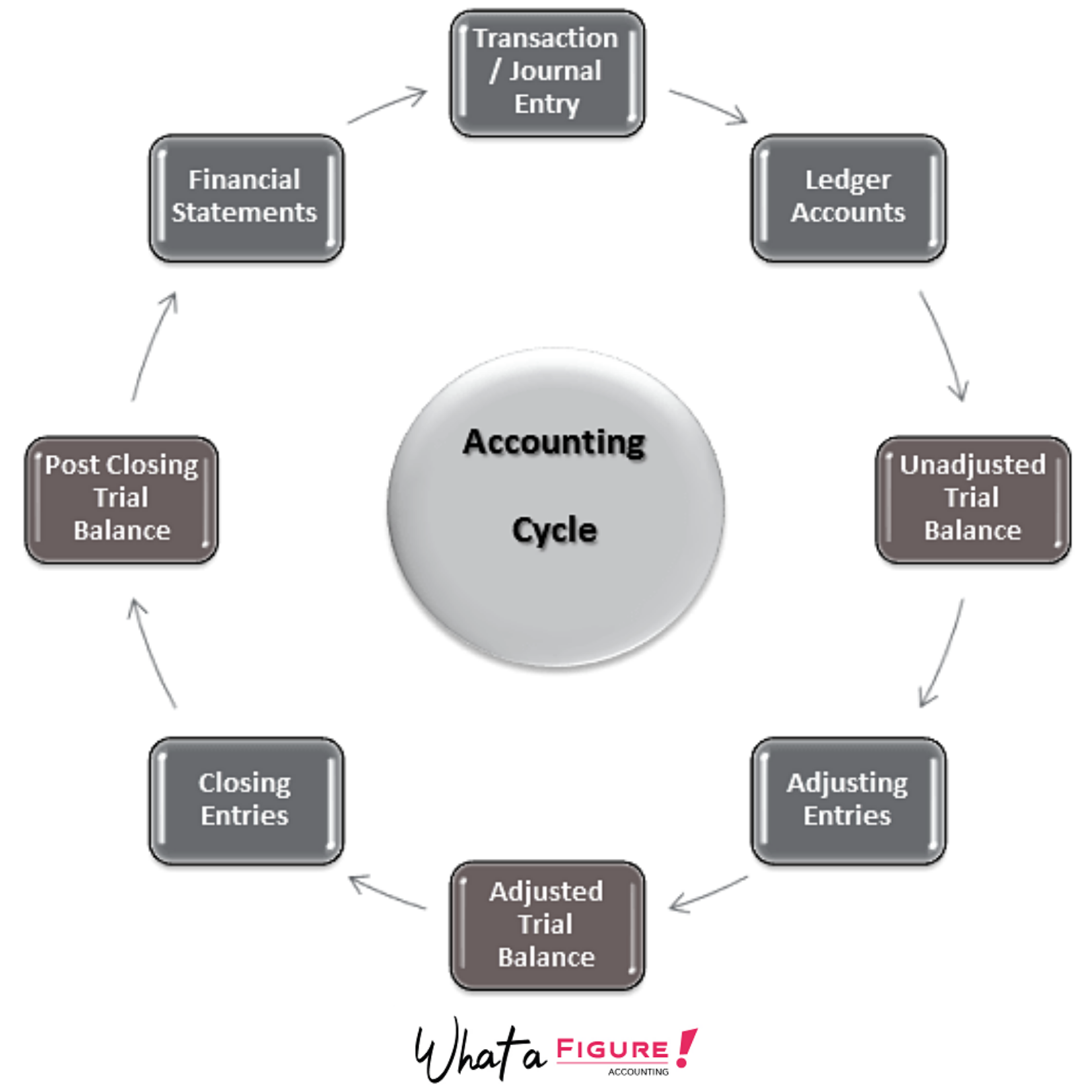
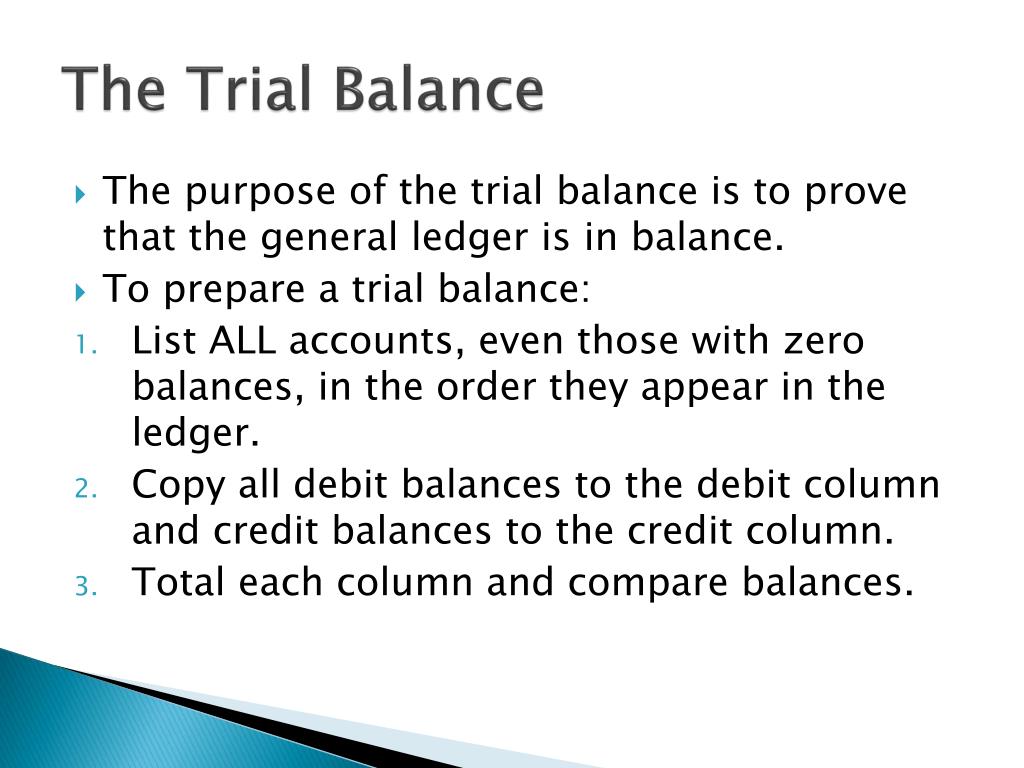
:max_bytes(150000):strip_icc()/trial-balance-4187629-1-c243cdac3d7a42979562d59ddd39c77b.jpg)
